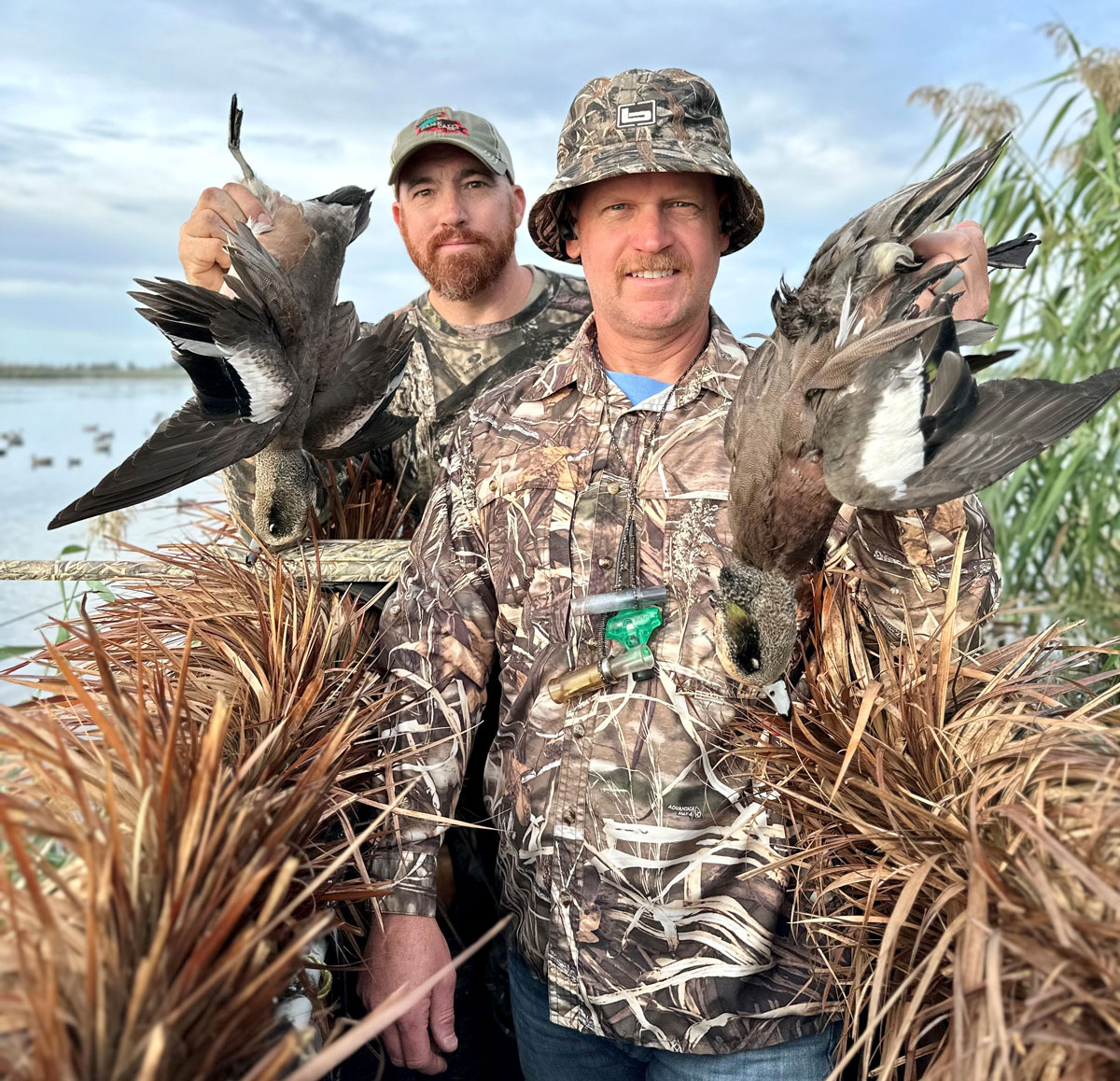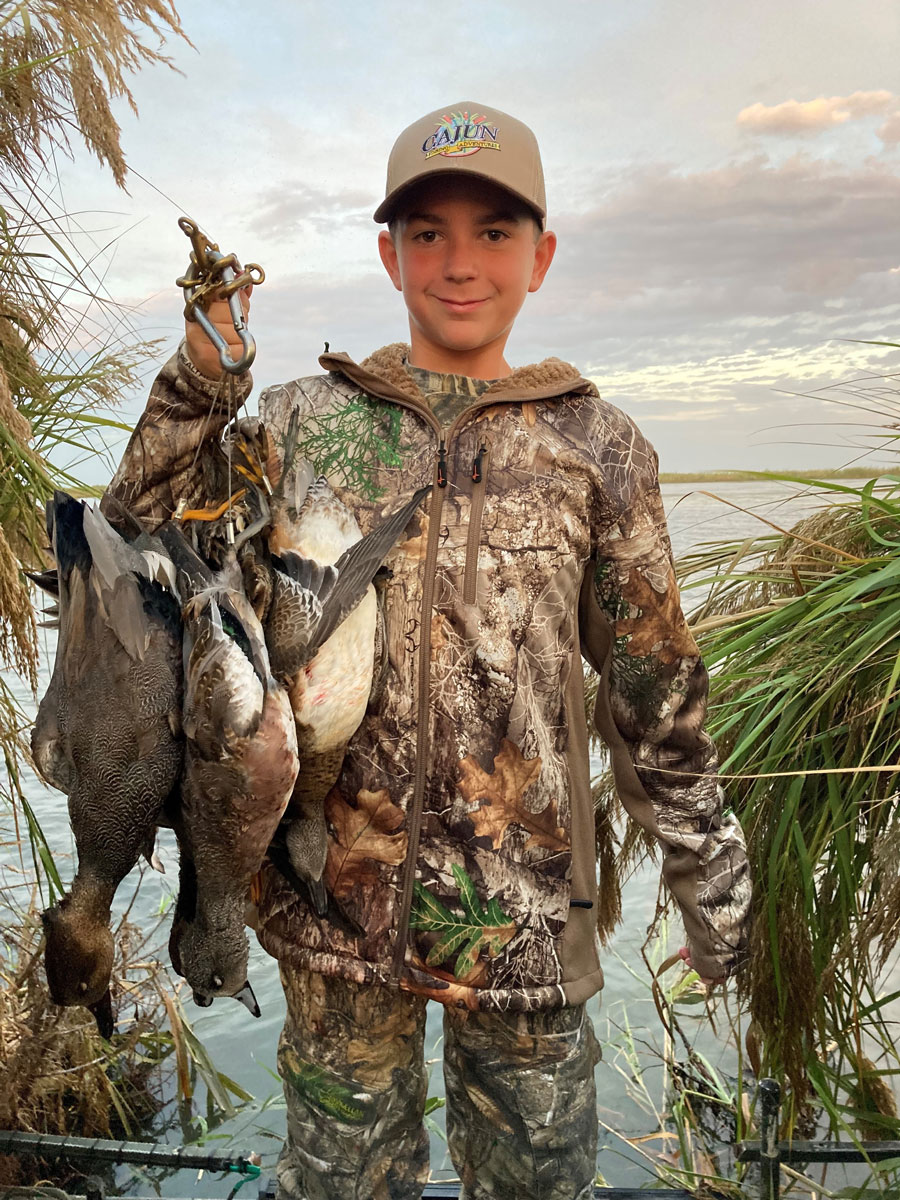
Duck hunters are an optimistic group by nature and leading up to this year’s opening day there was good reason to be confident.
A below average hurricane season, colder than average October, and drought conditions being reported throughout the heart of the country had to mean birds would be filling Louisiana’s marshes. But that optimism was quickly put to the test with the release of Louisiana Wildlife and Fisheries (LDWF) Aerial Waterfowl Survey just before the season’s opener.
November’s survey of 802,000 ducks is the lowest number estimated since the survey’s inception in 1968. The survey also showed a lopsided distribution of the limited amount of ducks observed. Outside of Catahoula Lake, 85% of the ducks estimated were seen on the southwest side of the state, leaving southeast Louisiana with the lowest number of ducks ever estimated.
There was good news for north Louisiana in the final report. The 17,000 ducks counted in northwest Louisiana was a 467% increase from last year’s estimate and 70% above the latest five-year average. The largest count was observed along the Red River between lock 5 and south Shreveport, with other concentrations at the Lower Cane unit of Red River NWR, Toledo Bend, and Black Lake at Campti.
Northeast Louisiana also had good numbers, mostly confined to traditional areas that had been pumped up with water for waterfowl hunting.
A total of 102,000 ducks and 135,000 geese were counted in the core areas that make up northeast Louisiana, representing a change from November 2021 of +200% for ducks and +82% for geese. Estimates were, however, lower than the five-year average. This year’s mallard estimate is 500% greater than the count last November.
Habitat improvement
There is still reason to be bullish on the season all across the state, even where numbers were low to begin the season, with the survey seeing much improved habitat conditions across the state. Most coastal marshes showed a rebound in submerged aquatic vegetation (SAV). Southwest Louisiana also showed improvement in the agricultural areas, including holding noticeable concentrations of standing shallow water.
Ryan Lambert, founder of Cajun Fishing Adventures, captured the positive sentiment exactly, “Plenty of birds are around and the whole Mississippi flyway is dry. So, we’re going to kill plenty of birds. It’s going to be a great season I think.”
“Opening day was dead calm and 75 degrees. The next day (after the front blew through the Venice area) we slaughtered them,” Ryan said about the west zone. “So far there are lots of pintail. Plenty of blue and green-winged teal around. Hunters are mostly taking widgeon and grey ducks and even a few redheads, but no canvasback yet.”

In stark contrast, temperatures hovered right at freezing for opening day of the East Zone a week later in parts of north Louisiana. Large numbers of hunters limited out and saw a good number of ducks flying.
A mixed bag
On the west side of the coastal area around Pecan Island, Evan Graham reported a mixed bag. Some guys killed limits and the others that didn’t still got plenty of shooting.
“It was a good mixed bag of birds,” he said. “We ended up with teal, spoonbill, greys and a few dos gris.”
Graham also reported that after the good weather passed, the amount of birds seemed to slow down as well.
“We saw a lot less flying the second weekend,” he said. “So, we need that next cold front to keep the birds around. If we get the weather things look good.”
Weather is always a crucial factor in waterfowl success. Jason Olszak, Waterfowl Program Manager for LDWF, surmised the weather we had come through the state during the opening day weekend likely pushed additional waterfowl into Louisiana which wouldn’t have been captured in the survey.
“We did the survey on the 7th, 8th, and 9th,” he said. “The season opened on the 12th (West Zone). That 3-to-5-day difference and then we also got that weather that helped.”
Additionally, real cold weather appears to be driving migration north of our state. Olszak’s colleagues in Missouri noted that the northern portion of their state was just experiencing its first really cold weather of the year. Missouri recently published its waterfowl survey, which reported a large influx of birds, including a large push of mallards.
Despite an initial low count in parts of the state, habitat conditions inside and outside of our state tend to favor Louisiana hunters. If Mother Nature can see to cooperate, the overall season is shaping up to be much better than last year. Hopefully the best is yet to come.
Shoot’em up.


